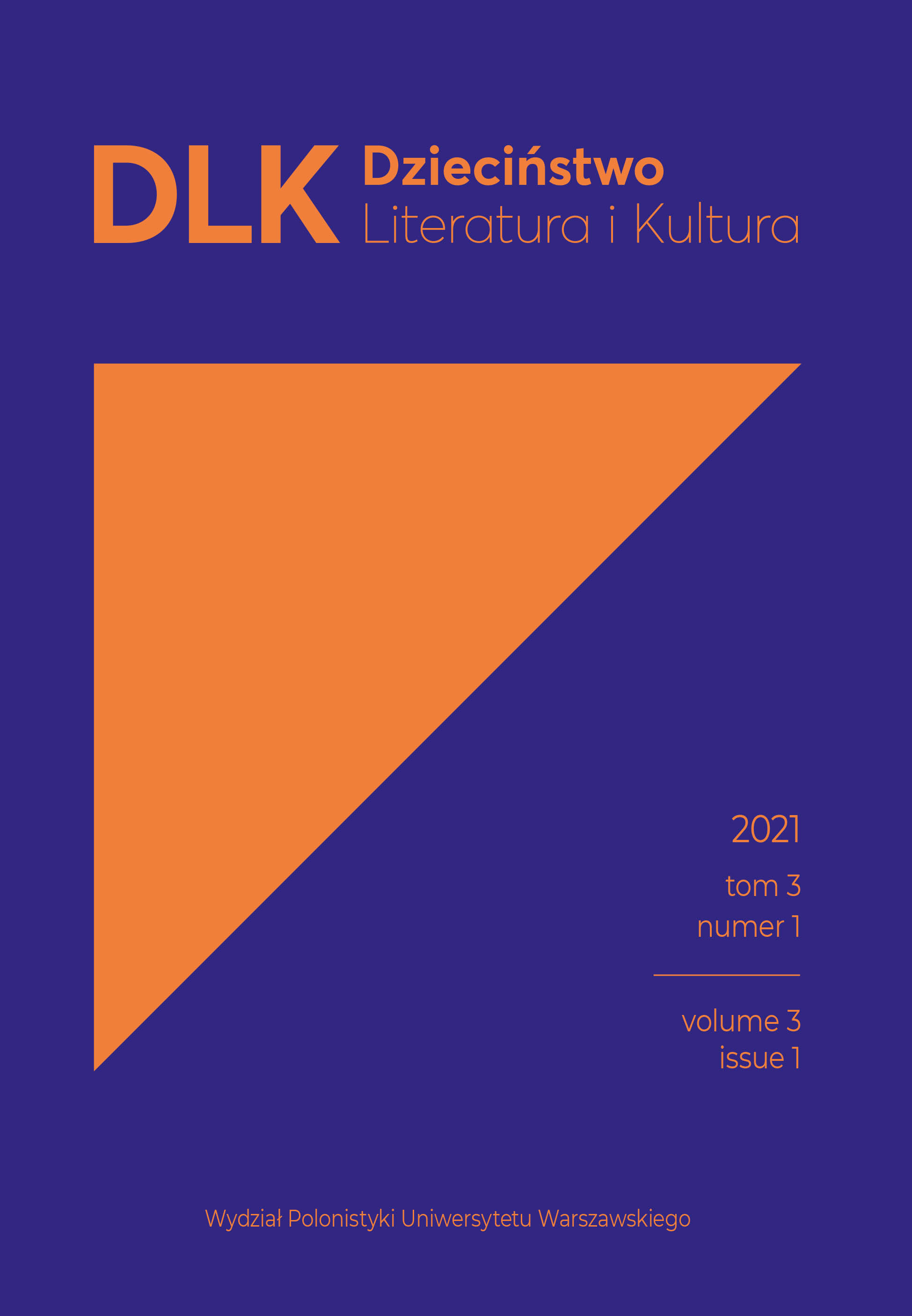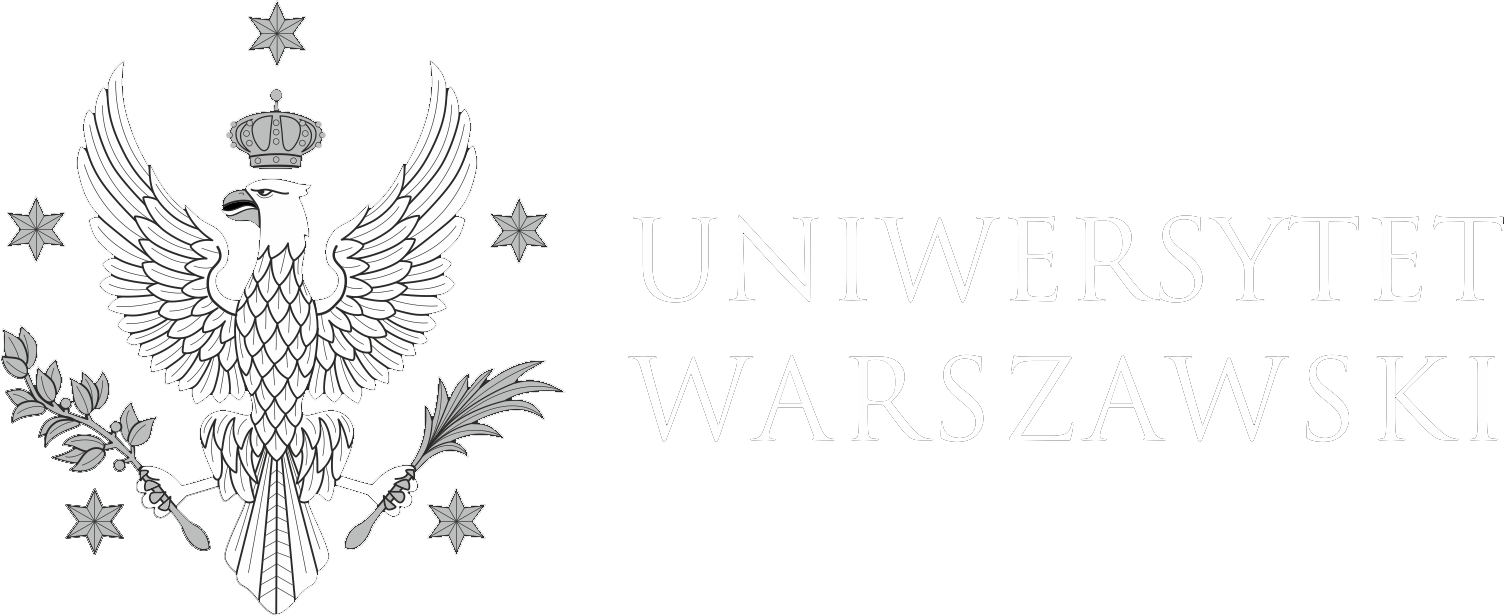“Entertainment for Little Ones”? Corporeality, Eros, and Age in Giambattista Basile’s Pentamerone, with a Focus on the Tale “La vecchia scortecata”
Abstract
This article discusses the themes of corporeality, eros, and age in the most significant work of the Baroque Neapolitan writer Giambattista Basile – Lo cunto de li cunti [The Tale of Tales], also known as Pentamerone (1634–1636), with particular attention given to the analysis of the tale “La vecchia scortecata” [The Skinned Old Lady]. The article begins with a brief reconstruction of the Pentamerone’s structure, exploring the meaning of its subtitle – Lo trattenimento de le peccerille [Entertainment for Little Ones] – along with the presence of macabre elements throughout the work. To illustrate this, a few other tales are shortly considered for their use of macabre and monstrosity in various forms: “Verde Prato” [Green Meadow], “Lo serpe” [The Snake], and “Tre corone” [The Three Crowns]. With a focus on the tale of the skinned old lady, the author of the paper clarifies the link between the motifs of eros and old age, interwoven with the theme of corporeality, and their influence on the behaviours and rewards of the protagonists. Through a detailed textual analysis, the article underlines the role of this conflict in the evolution and the tragicomic resolution of the story. Finally, the cinematic rendition of the narrative in The Tale of Tales by Matteo Garrone (2015) is briefly discussed.
Keywords
corporeality; eros; Giambattista Basile; Matteo Garrone; Pentamerone; old age
References
Basile, G. B. (1995). Lo cunto de li cunti (M. Rak, red.). Garzanti. (wyd. oryg. 1634–1636).
Basile, G. (2017). Il Pentamerone ossia La Fiaba delle Fiabe (B. Croce, tłum.). Bolzano. (wyd. oryg. 1634–1636).
Bottigheimer, R. B. (2004). Fairy tales and folk tales. W: P. Hunt (red.), International companion encyclopedia of children’s literature (s. 261–274). Routledge.
Bottigheimer, R. B. (2009). Fairy tales: A new history. State University of New York Press.
Brulotte, G., Phillips, J. (red.). (2006). Encyclopedia of erotic literature (t. 1). Routledge.
Calvino, I. (1971). Fiabe italiane. Einaudi. (wyd. oryg. 1956).
Canepa, N. L. (1999). From court to forest: Giambattista Basile’s Lo cunto de li cunti and the birth of the literary fairy tale. Wayne State University Press.
Canepa, N. L. (2003). „Entertainment for Little Ones”? Basile’s Lo cunto de li cunti and the childhood of the literary fairy tale. Marvels and Tales, 17(1), 37–54. https://doi.org/10.1353/mat.2003.0002.
Croce, B. (2017). Giambattiste Basile e l’elaborazione artistica delle fiabe popolari. W: G. Basile, Il Pentamerone ossia La Fiaba delle Fiabe (B. Croce, tłum., s. 3–22). Bolzano. (wyd. oryg. 1925).
D’Alessandro, D. A. (2023). Giovan Battista Basile tra “favole” campanilistiche e realtà documentaria. Rivista del Dizionario Etimologico e Storico del Napoletano, 1(1), 131–160. https://doi.org/10.6093/ridesn/10131.
De Gregorio, V. (1971). Il tempo, la morte e la bellezza nella lirica barocca. Studi secenteschi, 11, 177–206.
Guaragnella, P. (1986). Eros vecchiezza metamorfosi. Su una fiaba di G. B. Basile. Lares, 52(4), 535–552.
Lavarone, G. (2021). Fabulous locations: Tourism and fantasy films in Italy. W: D. Bonelli, A. Leotta (red.), Audiovisual tourism promotion: A critical overview (s. 129–151). https://doi.org/10.1007/978-981-16-6410-6_7.
Maggi, A. (2015). Preserving the spell: Basile’s The Tale of Tales and its afterlife in the fairy-tale tradition. University of Chicago Press.
Magnanini, S. (2008). Fairy-tale science: Monstrous generation in the tales of Straparola and Basile. University of Toronto Press.
Marić, A., Dragić, M., Plavša, A. (2021). The grotesque and myth in Giambattista Basile’s Il Pentamerone. Folia linguistica et litteraria, 36, 141–158. https://doi.org/10.31902/fll.36.2021.9.
Mazzoni, C. (2017). Violence in fairy tales: Basile’s Lo cunto de li cunti and Garrone’s II racconto dei racconti. Annali d’italianistica, 35, 177–192.
Palmisciano, V. (2022). Novità per il profilo biografico di Andreana, Giovan Battista Basile e Giulio De Grazia. Archivio storico per le province napoletane, 140, 161–166.
Pascale, M. A. (2019). Morality and morbidity: Semantics and the moral status of macabre fascination. The Journal of Value Inquiry, 53, 551–577. https://doi.org/10.1007/s10790-018-9671-8.
Petrini, M. (1983). La fiaba di magia nella letteratura italiana. Del Bianco.
Pirandello, L. (1908). L’umorismo, saggio. Carabba.
Praz, M. (1975). Il Cunto de li cunti di G. B. Basile. W: Il giardino dei sensi. Studi sul manierismo e il barocco (s. 208–225). Mondadori.
Sannazaro, M. J. (1806). Arcadia di M. Jacopo Sannazaro con la di lui vita scritta dal Consigliere Giambattista Corniani e con le annotazioni di Luigi Portirelli. Società Tipografica de’ Classici Italiani. (wyd. oryg. 1504).
Stromboli, C. (2005). La lingua de Lo cunto de li cunti di Giambattista Basile [nieopublikowana praca doktorska]. Università di Napoli Federico II, Neapol, Włochy.
Thomson, P. (2018). The grotesque. Routledge.
Venini, P. (1967). Ancora sull’imitazione senecana e lucanea nella Tebaide di Stazio. Rivista di filologia e di istruzione classica, 95, 418–427.
Vos-Camy, J. (2023). Une fée curieuse : Persinette de Charlotte-Rose de Caumont La Force. Segni e comprensione, 105, 67–81. https://doi.org/10.1285/i18285368aXXXVIIn105p67.
University of Pisa, Higher Normal School of Pisa Italy
https://orcid.org/0009-0008-9214-1711
Davide Iengo – MA, studies classical Classical Philology and Ancient History at the University of Pisa and the Scuola Normale Superiore in Pisa (Italy). His research interests include archaic Greek lyric poetry (Bacchylides, Anacreon) and Ancient Greek comedy, with a particular focus on the reception of Aristophanes’s works in Poland, both in terms of translation and performance. Contact: davide.iengo@sns.it.

This work is licensed under a Creative Commons Attribution 4.0 International License.
Open Access Policy
All articles presented on the pages of ”Dzieciństwo. Literatura i Kultura” are published in open access under a Creative Commons license - Attribution 4.0 International (CC BY 4.0). It means that:
- they can be made available and quoted under the condition of explicit and clear indication of the author/authors of the referenced text;
- you cannot use legal or technological means that would limit others in using the text under the terms of the license.
More information: https://creativecommons.org/licenses/by/4.0/





